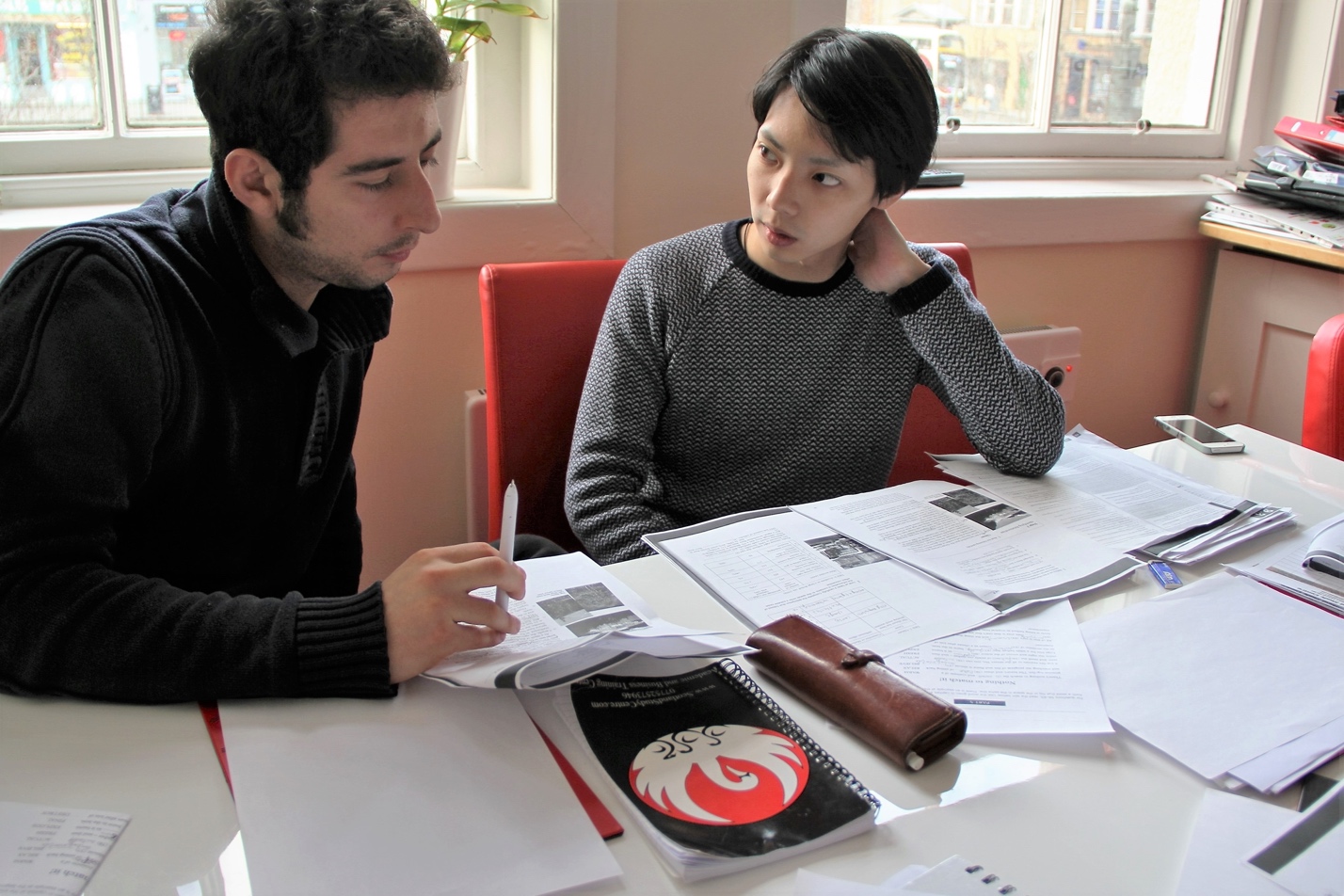Ideal Resume Types for Each Job Offer: An Intro Guide for Students
During your job search, you not only need to make a good CV, but it is also important to take into account some factors so that you can adapt it and use it according to the jobs you want to apply for.
Depending on which company you are applying for, the professional area in which you are looking for a job, whether it is in your country or abroad… You will have to consider these details when preparing your CV and deciding which one to use if you want to apply for a job offer that effectively highlights your professional experience.
Below, we present the most common types of resumes as well as their advantages and disadvantages so that you can get the job you are looking for. If you find something that suits you, take your time, delegate your tasks to grade miners, and work on your professional future.

1. Chronological CV
This is the most used resume by candidates and, as the name suggests, this type of resume presents the professional history in chronological order, starting with the most recent experience and ending with the oldest.
Considering the number of resumes that recruiters receive every day, the chronological style is very useful as it allows you to quickly highlight the most recent professional experiences or training. In addition, this format is suitable if you want to show professional progress, especially if you have a long career and want to opt for a different type of job than when you started your career since your most relevant achievements are also the most recent.
Advantages: It is easy to read, has an order, and allows you to show a progression in your career. This type of resume works well for job applicants with a fairly strong work history.
Disadvantages: This type of resume is not recommended if you don’t have experience because it will make it more obvious or if you have had many different jobs in a short period of time.
2. CV by Skills
Unlike the chronological CV, the CV by competencies allows you to highlight the skills and abilities acquired during your professional career. You will be able to emphasize all your knowledge and necessary tasks in the performance of a job during a certain period.
Through this CV, recruiters will be able to see your professional skills, the various personal achievements throughout your career, study projects, volunteering, or the extra-professional activities to which you dedicate time. For example, it can be used by candidates who want to pursue a different career field than their current career path but require similar skills.
Advantages: The focus is less on career development. The CV by skills is more flexible since you can organize the information in a more personalized way to emphasize certain skills over others. In addition, it offers some freedom to integrate information such as your interests or hobbies if they are related to the job offer, for example, photography or jobs related to new technologies (web jobs and video games).
Disadvantages: This type of resume will place less emphasis on the companies you’ve worked for and the length of your jobs, which can make it difficult for a recruiter looking to assess your level of professional experience. If you have held positions of responsibility throughout your career, it will be more difficult to highlight them in this CV format.
3. Mixed CV
This is the most complete format since it is in the form of a chronological resume showing your professional career by means of dates and also highlights your skills or competencies, achievements, training, and other information of interest throughout your career.
Advantages: it combines the advantages of the chronological CV and the CV by competencies, which gives you great flexibility.
Disadvantages: The mixed resume format is not always suitable for job search websites, especially when applying using a standard form that generally takes into account the chronological resume format. Another drawback is that, due to its flexibility, it can be distributed over several pages (it is usually advisable to summarize your career path in a maximum of two pages), which is not ideal if the recruiter wants to read quickly.
4. Creative CV
Creative resumes can be beneficial for certain types of employment. For example, online resumes are a useful and original option that will allow you to show skills by making a video (also called a video resume), a sound clip, photographs, web design, or other tools that you can apply. This type of CV can highlight these skills by showing what the candidate can do rather than simply stating that they can do it, as is the case with the chronological one, for example.
It is often recommended for people who do not have a long work history as it allows you to emphasize your skills rather than your chronological jobs. Even so, you yourself will know if you are in a sector in which a presentation of this type benefits you.
Advantages: You have the opportunity to stand out from the rest of the candidates by presenting something different.
Disadvantages: Not suitable for all professions. Depending on the sector or the company to which you are addressing, a CV like this can be too original and transgressive and you must be careful not to lose professionalism and let your achievements be diluted in the presentation.
5. New Types of CVs
The new professions that have arisen in parallel with technological advances have led to the appearance of new curriculum models aligned with the specialization of workers. Profiles such as designers, creatives, or social media experts summarize their experience in formats that are very different from those of traditional CVs. Let’s see some
Video reel: Social networks and the extension of videos on the Internet have also reached the job search. A video reel or videobook is a video cover letter in which the professional career is described in a different way, which starts from a pre-established script and has various audiovisual resources. Well used, social networks can serve to give you visibility.
Designer CVs: If you want to work in design, what better way to show what you are capable of than with your CV. Illustrations, an original layout, or using creative graphic elements will give the recruiter a glimpse of your visual talent.
Digital portfolios: More and more professionals are committed to creating their own website where they collect the projects they have worked on, but also show their most creative abilities. If you are a web programmer and you are able to make a fun page that can be interacted with, you have a lot to gain. A portfolio of a UX designer that generates user-friendly navigation says a lot about what he can offer a company.

Conclusion
Technological advances demand new professionals and the first contact of companies with them is essential. Jobs are transformed and, in parallel, the ways of accessing new jobs are changing. Originality, talent, and mastery of new tools can also be present on the resume. Provided, of course, that we keep in mind what the objective is: to make our skills known and to review our professional career.
Mastering all these types of resumes takes a lot of time, so, make sure to get help if your grades are suffering while you’re trying to establish yourself as a working professional – RankMyWriter.














